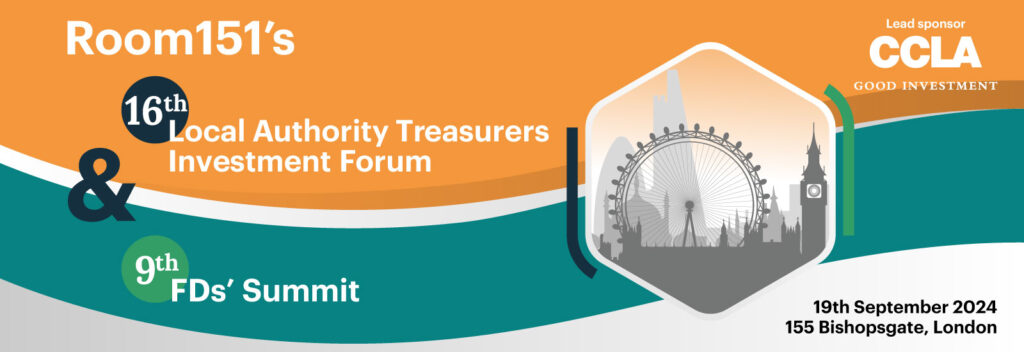Social care accounted for nearly 30% of local authorities’ total service expenditure in financial year 2022/23, amounting to £33.4bn (from £30.2bn in 2021/22). Excluding education services, the percentage rises to 43.7%.
Children’s social care saw the biggest real terms rise in net current expenditure compared to 2021/22, of £804m or +6.7%, to £12.8bn.
The Department for Levelling Up, Housing and Communities (DLUHC) compiled the data based on the Revenue Outturn (RO) returns submitted by 422 of 426 local authorities in England.
The data showed that, in real terms (adjusted for inflation) adult and children’s social care combined accounted for 27.8% of councils’ total expenditure in 2018/19; 28.3% in 2019/20; 27.5% in 2020/21; 28.2% in 2021/22; rising to 29.4% in 2022/23. Excluding education services, the percentage of service expenditure has been 43% in 2018/19; 43.3% in 2019/20; 40% in 2020/21; 41.9% in 2021/22; and 43.7% in 2022/23.
In both cases, there was a slight decrease in 2020/21 and 2021/22 as local authorities received various additional grants in those years because of the impact of the Covid crisis. But the percentage of service expenditure returned to a higher level than in 2018/19 in financial year 2022/23.
This echoes worrying trends found in surveys and analysis of data across the local government sector.
A recent Local Government Association survey suggested that only two-thirds of councils are confident of being able to deliver statutory adult social care services by 2025/26 due to a lack of investment. Eight in ten local authorities said that even though spending would be cut on non-statutory services, they had fears about being able to meet all their legal duties in social care by next year.
Councils did receive a £500m uplift in funding for social care services in January, but this is unlikely to keep pace with the rising cost of children’s social care placements and spiralling costs generally.
A report from the Association of Directors of Adult Social Services (ADASS) in 2023 suggested that nearly two-thirds (63%) of councils in England overspent on their adult social care budgets in 2022/23.
Total expenditure and reserves down
Local authorities’ total net current service expenditure was £113.5bn in 2022/23, representing a real terms decrease of 0.6% compared to 2021/22, according to the DLUHC data.
Total service expenditure excluding education services totalled £76.4bn in 2022-23, some 0.9%, or £697m lower in real terms compared to 2021/22, and 10.4% higher than in 2019/20.
Expenditure on highways and transport fell by 16.2% compared to the previous financial year, to £921m. However, DLUHC noted that this was largely due to lower expenditure by the Greater London Authority (£841m lower than in 2021/22) and that the figure was still 13.7% (£574m) higher in real terms than in 2019/20.
Total revenue expenditure at local authorities in England in 2022/23, which also accounts for any costs, notably those which do not fall wholly within the financial year, but which are charged to the year’s account, was £117.3bn.
In real terms, this figure is 1.2% lower than 2021/22 and 7.0% higher than in 2019/20.
Local authority revenue reserves in England decreased by £1.8bn from £33.4bn at 1 April 2022 to £31.5bn at 31 March 2023, the DLUHC data showed.
This compares to £23.5bn at 31 March 2020, prior to reserves increasing during the period of the Covid crisis.
—————
FREE bi-weekly newsletters
Subscribe to Room151 Newsletters
Follow us on LinkedIn
Follow us here
Monthly Online Treasury Briefing
Sign up here with a .gov.uk email address
Room151 Webinars
Visit the Room151 channel














